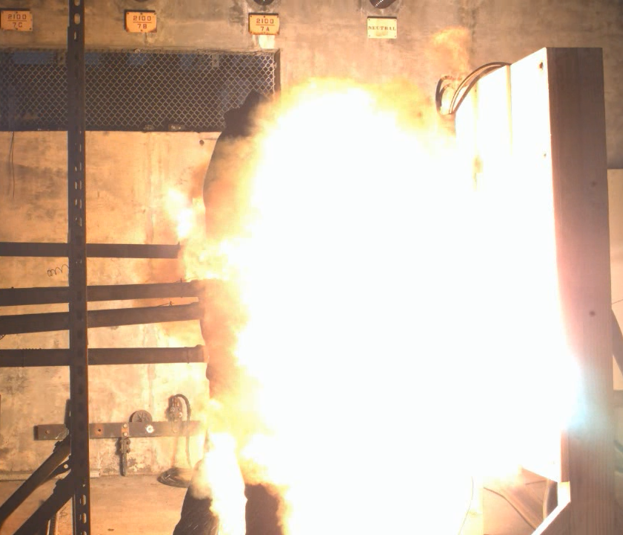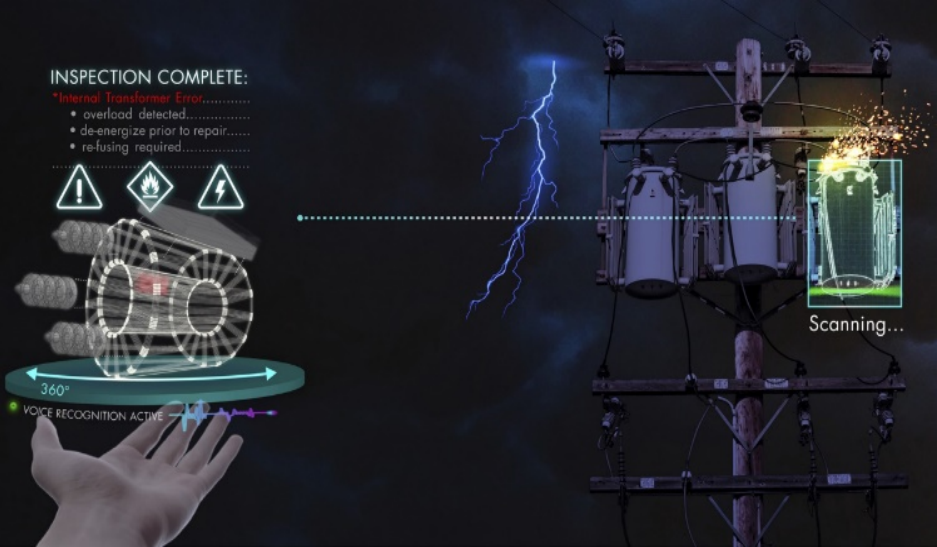2022 Safety Project Tasks
Safety Projects Tasks for 2022
2024 updates | Deliverables | Past research
Because electricity distribution involves multiple risks for both the public and utility workers, utilities put in place many risk-reducing procedures and processes. Improvements are always possible; new practices, protective approaches, equipment, tools, and technologies must be assessed carefully to evaluate the impact on worker and public safety. The goal of this research is to evaluate risks, protective approaches, and equipment and to investigate new technologies to improve safety.
Research areas include grounding and personnel protection, arc flash, downed conductors, and tools and technologies aimed at improving safety.
The operation of distribution circuits exposes workers and the public to hazards, including contact to energized objects (shock), arc flash from a system fault (burns), and step and touch voltages. This project aims to focus on these risks through research on:
What are the areas of greatest risk to workers and the public associated with distribution delivery, and what are the key technical challenges to reduce risk and improve safety for workers and the public?
Operation of distribution circuits exposes hazards to workers and the public, including contact to energized objects (shock), arc flash from a system fault (burns), and step and touch voltages. Utilities employ many approaches to reduce these risks. Protection approaches include practices for safe operations, training, and tools along with personal protective equipment designed to protect workers. This project aims to evaluate these risks, the scenarios where accidents are likely to occur, and the protection approaches to help utilities reduce risks and improve safety to workers and the public.
These research tasks can help utilities improve safety for the public and utility workers. Specifically, the research results could help utilities:
The Distribution Safety Task Force advises the Distribution Safety Project. This task force is generally staffed by subject-matter experts in areas related to public safety, worker safety, and work methods.
This task force meets several times per year by WebEx or in person. There is usually one in-person meeting per year held in conjunction with the other P180 task forces. The in-person meeting is normally held in Spring in Lenox, MA, or Charlotte, NC.
Members are encouraged to participate in several ways:
This task force is also a good opportunity to meet safety experts at other participating companies.
How do I subscribe to the task-force mailing list?
How do I unsubscribe to the task-force mailing list?
Who can attend task-force meetings?
Are there specific membership requirements?
Can my company have more than one task-force member?
Can I share task-force material within my company?
Can I share task-force material outside my company?
Are discussions covered by a non-disclosure agreement?
If my company isn’t funding this, how can I sign up?

|
Arc Flash Testing of 480-V Bypass Meter Sockets and CT CabinetsArc flash can be very equipment specific. This project aims to test equipment that doesn’t have adequate industry testing. Without industry testing, the fallback arc-flash estimates lead to burdensome PPE. This project aims to clearly define existing hazards, based on actual testing, to show employers the hazard and allow employers to provide sufficient PPE.
|

|
Advanced Applications to Assist the Distribution WorkforceThis project aims to demonstrate digital technologies to assist the distribution workforce in complex and precision tasks. Plans include vendor demonstrations of digital work aides and demonstration of applications to quantify performance versus typical work methods.
|
EPRI participants can engage EPRI with supplemental projects. When a company funds EPRI annual research, 25% of the funds are set aside as self-directed funds (SDF). Utilities can use this to fund supplemental projects. Please contact your METT for more information on how supplemental project funds are allocated in your utility.
For more on supplemental projects, see here. To discuss project ideas, contact Tom Short.
Supplemental projects can also be one-on-one efforts. Companies allocate their self-directed funds in different ways. Options for these projects can include:
Examples related to current research could include:
EPRI has several capabilities available to utilities as part of research work, supplemental projects, or service agreements:
EPRI research related to distribution safety is found in several other areas.
Program 1 is responsible for stray voltage and contact voltage investigations. These are important issues for public safety. This includes urban scenarios as well as swimming pool and other shock hazards to the public. See here for an update on recent research. strayvoltage.epri.com is an important resource.
This program considers environmental health and safety issues related to public and worker exposure to electric and magnetic field (EMF) and radio frequency (RF) environments associated with electric power system infrastructure.
EPRI’s occupational health and safety research produces actionable tools and insights aligned with the pressing challenges articulated by EPRI members in conjunction with thought-leadership initiatives of EPRI staff. Research results from this program are relevant to utilities globally.
Equipment failures can often pose safety risks. In both the P180.001 Overhead and P180.002 Underground projects, the fundamental deterioration and failure modes of equipment are evaluated.
The P180.002 Underground project is also covering issues with manhole explosions from flammable gases and faults. See here.
Safety Projects Tasks for 2022
Safety Projects Tasks for 2023
Safety Projects Tasks for 2024
Safety Projects Tasks for 2025